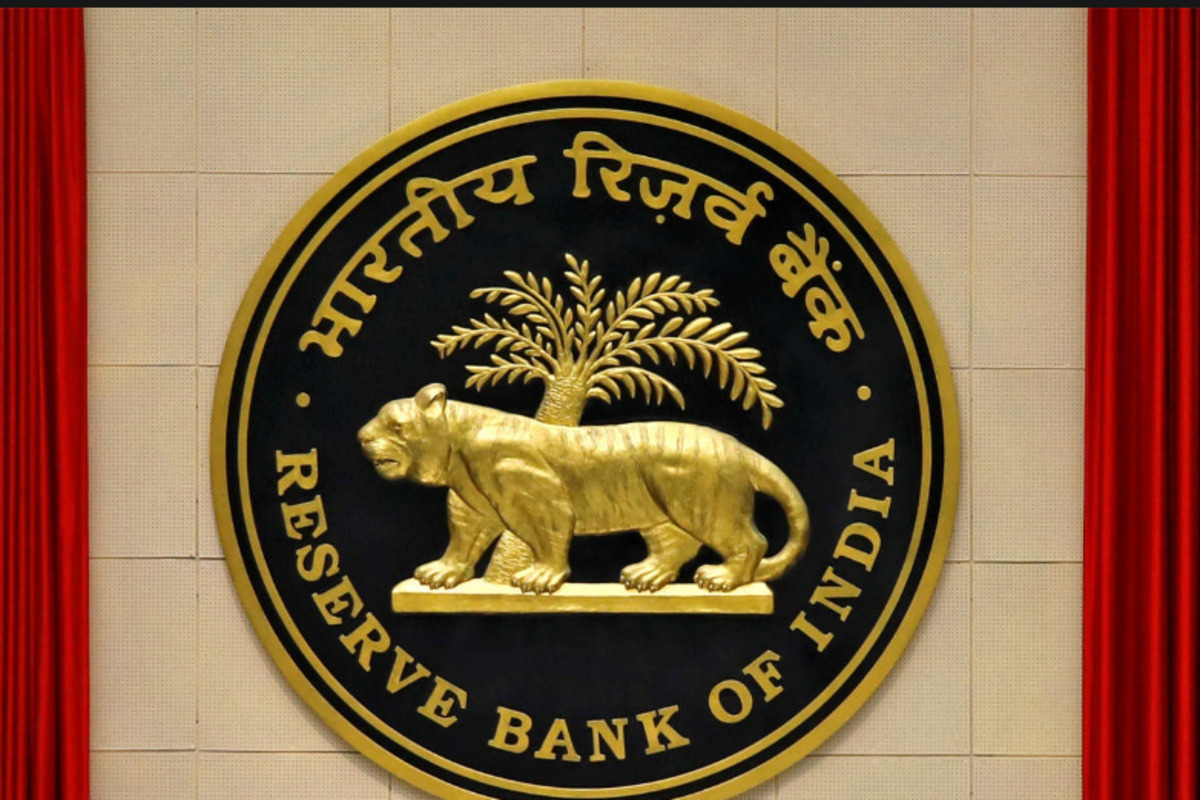The economy could turn around and inflation could ease by the fourth quarter of the ongoing financial year, according to the RBI’s model that most closely reflects reality.
Economic upticks visible in May and June after the easing of coronavirus-related lockdown appear to have lost strength in July and August, mainly due to the re-imposition of restrictions, the Reserve Bank of India said on Tuesday. That suggested the GDP likely to contract in the second quarter as well, the Reserve Bank of India ( RBI) said in its annual report released.
The release of the central bank’s annual report comes days ahead of the release of official data on GDP for the quarter ended June 30.

Bank frauds, in value terms involving an amount of Rs 1 lakh and above, have more than doubled in 2019-20 period to Rs 1.85 trillion from Rs 71,543 crore in 2018-19 period, up 159 per cent. In volume terms, however, the total fraud cases have jumped 28 per cent to 8,707 in 2019-20 from 6,799 in 2018-19, revealed the annual report of Reserve Bank of India (RBI) for the year 2019-20.
Currency notes of ₹2,000 denomination were not printed in 2019-20 and the circulation of these notes have declined over the years, according to RBI’s annual report.
The number of ₹2,000 currency notes in circulation has come down from 33,632 lakh pieces at end-March 2018 to 32,910 lakh pieces at end-March 2019 and further to 27,398 lakh pieces at end-March 2020, the RBI Annual Report said.
Pointing to the weakness in indicators of investment demand and capital expenditure in the economy, it said there was a need for a government-led investment revival. “The corporate tax cut of September 2019 has been utilised in debt servicing, build-up of cash balances and other current assets rather than restarting the capex cycle,” the RBI said.

Meanwhile, Financial liabilities of Indian households dropped in the previous fiscal in another indicator of weak demand even before the pandemic disrupted economic activity.
Net financial savings of households are estimated to improve to 7.6% of the gross national disposable income in fiscal 2019-20, according to preliminary estimates published by the Reserve Bank of India in its annual report. This is a reversion to trend after the indicator fell to 6.4%, the lowest in the current GDP series, in 2018-19.









